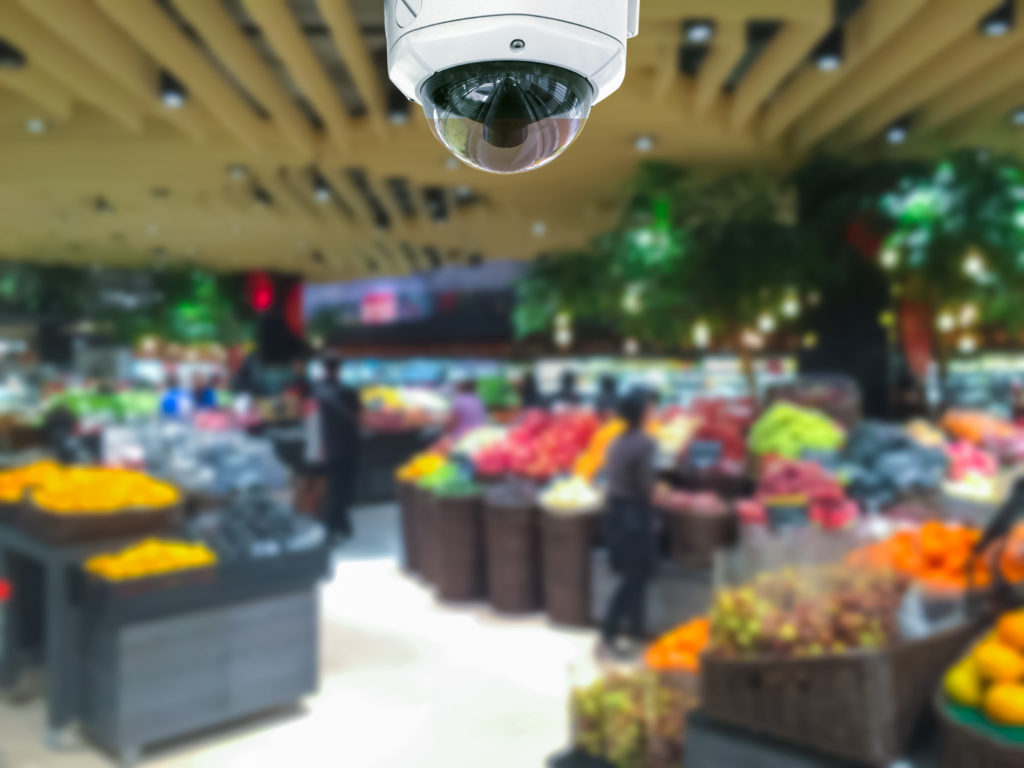
IR Illumination: Overview
An IR Illuminator allows a camera to see in total darkness, when there is insufficient light to see. This can be useful for security applications, especially covert needs, or maybe when keeping an eye on the night activities of the local wildlife.
Infrared cameras convert ambient light photons into electrons which then are amplified through an electrical process and converted back into visible light. Infrared light should not be confused with thermal imaging, which creates images based on differences in surface temperature between what an object radiates and the environment around them.
The most commonly used place for infrared images, that many may not even realize, is in weather satellites, where images allow a specially trained analyst to read the images and determine cloud heights and types to predict the weather. Surprisingly, infrared technology has been around since the early 1800s, but it wasn’t popularized until the later 1900s due to its use in astronomy.
IR Illumination: Buying and Deployment Tips
Cameras and infrared illuminators are a great duo for covert surveillance. However, there are things you should know before you purchase and deploy. Here are some things to consider:
1. Frequency
One of the most overlooked but most important specification of IR illuminators is frequency. Most IR illuminators on the market are not one-hundred percent invisible to the human eye. Illuminators operating in the ranges of 750nM and 840/880nM emit a soft red glow when looking directly at the illuminator itself. For true stealth operation, select an illuminator that works at 940nM or greater.
2. Range
Obviously range is an important feature of a given illuminator. However, before defaulting to the longest range unit, consider the trade-offs that come with more powerful units such as larger dimensions, and increased current draw which can be detrimental to battery powered surveillance systems.
3. Co-Location
It’s natural for users of IR illuminators to place them alongside cameras. An alternate method is to co-locate the IR unit closer to the subject and away from the camera. Doing so eliminates range issues and may also reduce the size and cost of the infrared illuminator purchased. In turn, a smaller unit can also provide additional stealth.
4. The Right Camera
Just like our eyes, cameras are more or less sensitive to certain frequencies of light and not all cameras are the same. Generally, black and white cameras with low lux ratings are the very best for night time infrared applications. Cameras that require caution before use with illuminators are day/night cameras – some are not sensitive to IR light at all.
5. Optics
Lenses can play a significant role in the distance at which a camera imager can detect infrared illumination. If the camera in use has an interchangeable lens, be sure to select one with the lowest F-Stop possible. Like lux ratings for cameras, the lower F-Stop of a lens, the better it will be for low light operation. A great lens to start with is one with an F-Stop of F1.2 or lower.
6. Weather Ratings
Just like cameras, IR illuminators have different degrees for weather resistance. The common weather proof rating method for electrical products is the Ingress Protection rating (IP). The higher the rating the more resistant the device is to the intrusion of solid objects, dust, accidental contact and water. Look for an infrared illuminator with at least a rating of IP65 for moderate outdoor use.
If you would like further information on IR illuminator or need a custom system IR system built for bait cars or triggered arrays for long-term field surveillance, contact the Supercircuits Law Enforcement sales team.
Want to know more about how infrared illumination works? We found this great article from NASA.





About The Author: Supercircuits Team
More posts by Supercircuits Team